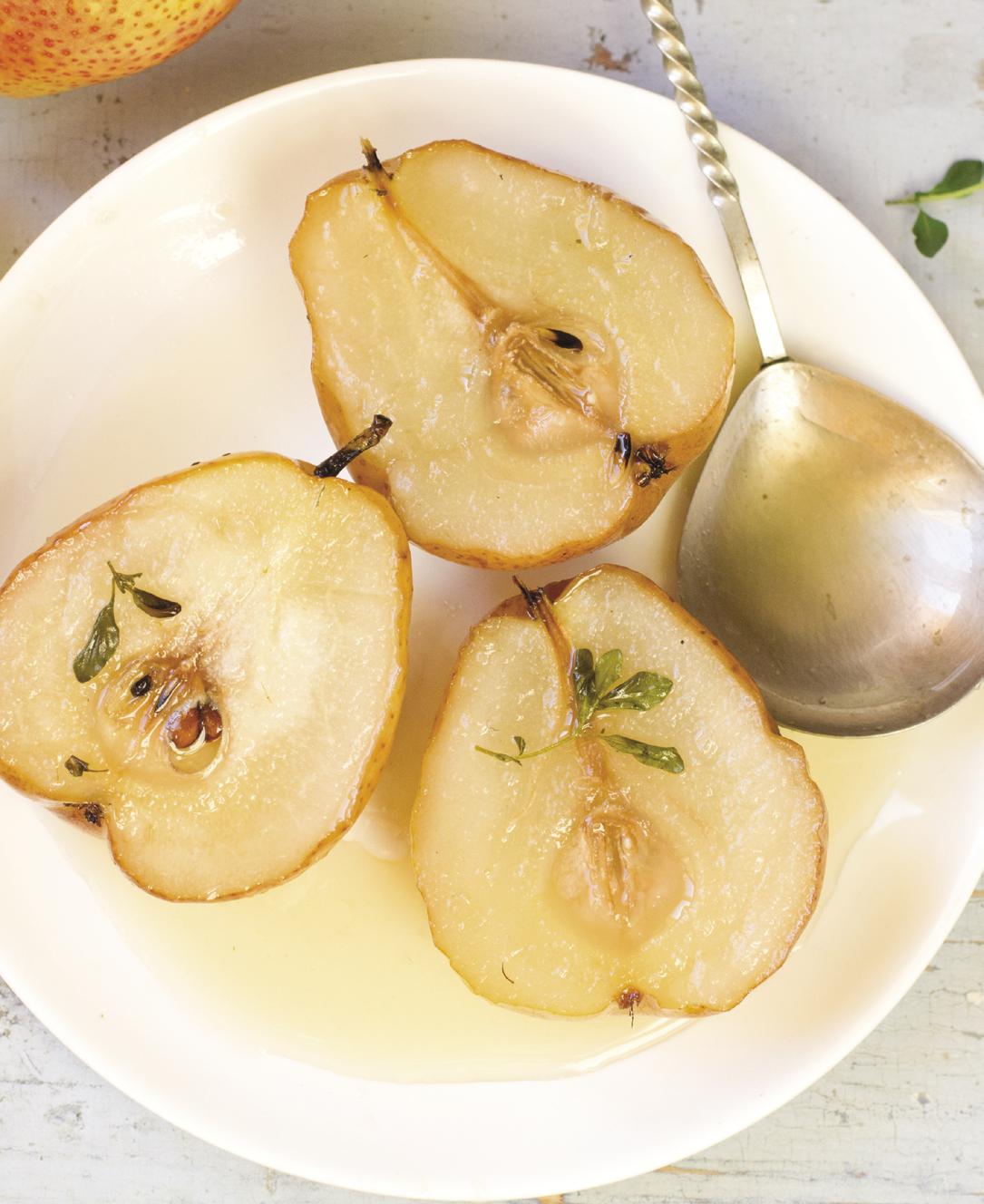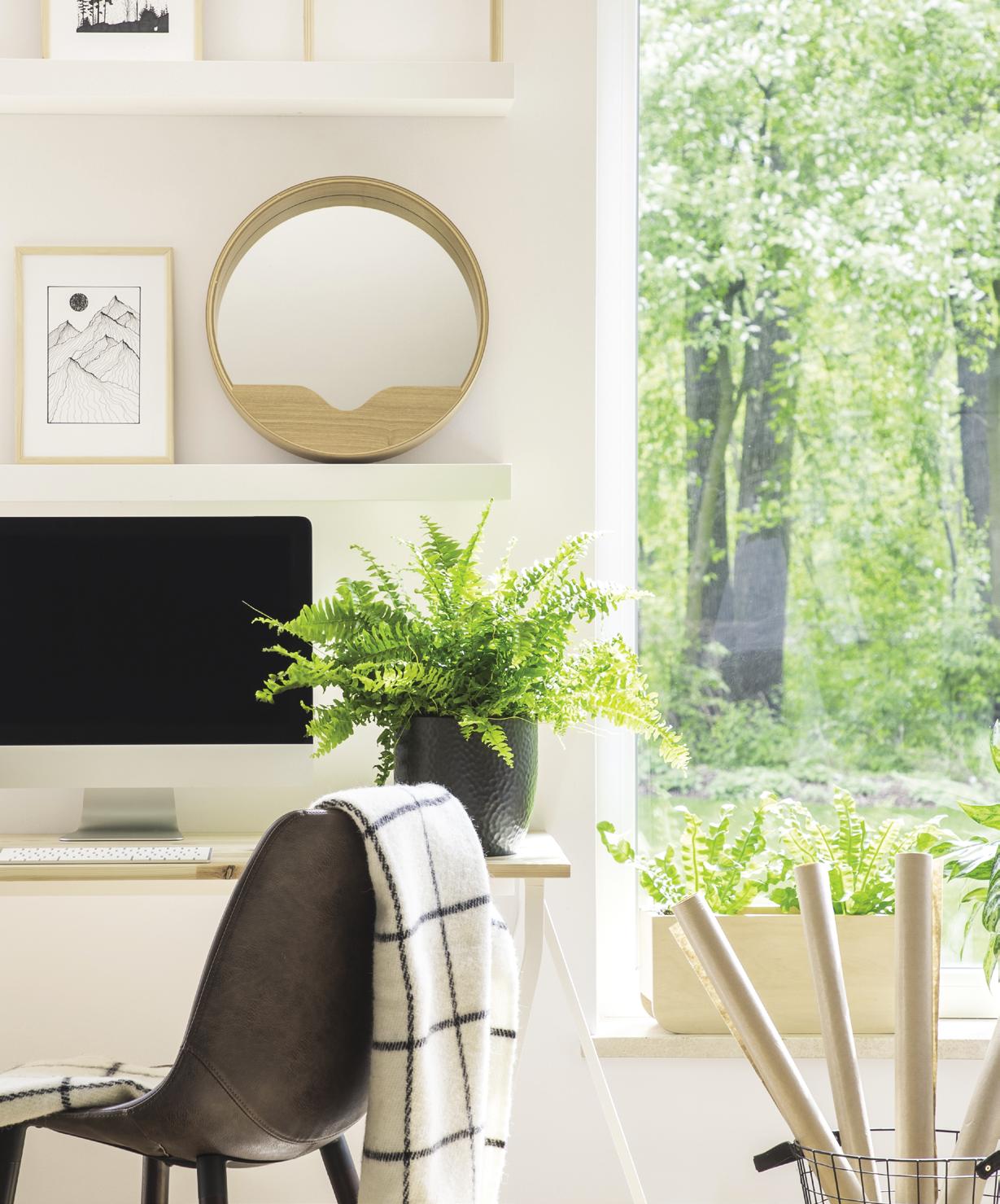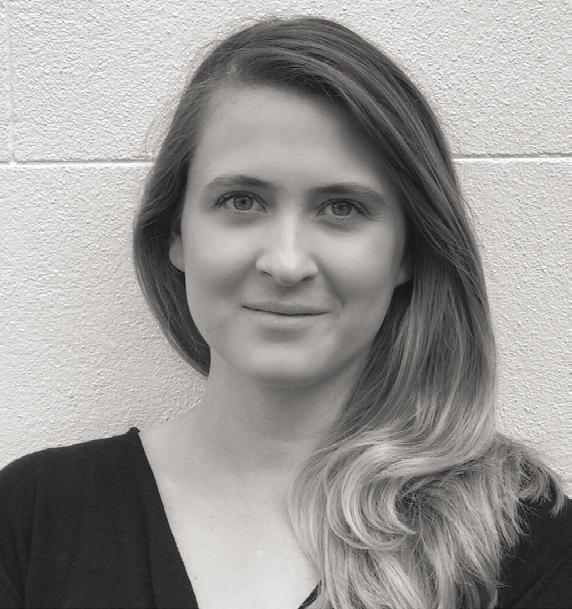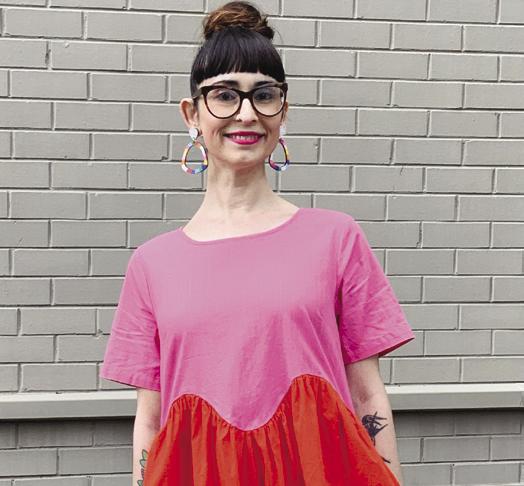
14 minute read
COVID and the Arts
BY CARLY FINDLAY
Artists are often called on to provide support for fundraisers and to build community spirit. But in 2020, the impacts of COVID-19 put the arts sector in crisis. Venues closed, shows were cancelled and artists and arts workers lost income. Who would be there to support the artists?
Advertisement
The Australia Council reported on survey results from April 2020, stating that:
“Hundreds of thousands of arts workers have had significant negative impacts to their immediate and future livelihoods. The original ‘gig’ workers, the vast majority of artists work as freelance or self-employed in their art form (81%), relying most commonly on contracts for fixed amounts (43%) followed by royalties and advances (35%).”
And
“A national cross-industry survey conducted by the ABS between 16 and 23 March showed that more than half of all arts and recreation businesses had ceased trading, the highest proportion of the 17 industries analysed. In addition, 73% of arts and recreation businesses reported that their business had been adversely affected by COVID-19 in the previous two weeks – second only to accommodation and food services businesses (78%). The most common adverse effect was reduced local demand (93% of those affected) followed by staff shortages2 (49%) and reduced international demand3 (32%).” (https://www.australiacouncil.gov.au/workspace/uploads/ files/8042020-summary-of-covid-19-ar-5e8d010193a6c. pdf) To support artists, arts workers and the arts sectors, federal and state governments mobilised to provide financial relief, as did local councils, philanthropists and arts organisations.
In early 2021, the Australia Council reported “In 2020–21, the Government has announced around $800 million of additional support to strengthen Australia’s cultural and creative sector. This includes around $700 million of additional support to the sector in response to the pandemic, plus new support measures through the 2020–21 Federal Budget.”
https://www.arts.gov.au/covid-19-update
But even with financial support, impacts of COVID-19 on the arts sector will be long lasting - especially the emotional roller coaster that was 2020.
It feels bitter sweet to remember my last big event on 8 March 2020. It was All About Women at the Sydney Opera House. Women writers came from around the world to discuss topics of technology, fashion, beauty, the climate crisis and more - all through a feminist lens. I had the best time - speaking at the event, watching events, talking to the other participants and eating and drinking with my mum and friends.
At the end of that week, on Friday 13th, everything changed. COVID-19 got real. The Melbourne International Comedy Festival was cancelled. The Grand Prix didn’t go ahead. My speaking events had been postponed. And early the following week, we were advised to work
As an artist, my life and work changed during 2020. Travel was cut, events were cancelled. The release of my second book, Growing Up Disabled in Australia, was postponed from June 2020 to February 2021. I worked from home both in my part time arts Festival job and in my freelance work for for 50 weeks, bar a few days here and there. Speaking events were done from home, often for a largely reduced fee. I found it very hard to do everything - write content, present, interview or speak to camera, troubleshoot the tech, and get the lighting right. And as an arts worker, I spoke to countless artists who experienced similar.
However, I was never short of work, and the online environment meant I was afforded lots of opportunities to work with people around Australia and the world. At times I felt I was working most days of the week, never saying no to opportunities, in case work dried up. I had to create some boundaries between working from home and leisure at home, so I’d get proper downtime.
I was also fortunate to get JobKeeper for my part time job, which supplemented my lost freelancer income; and I came to enjoy cooking, new recipes, daily walks and flower spotting, and reading (I read 100 books last year). I even started rollerskating!
Art shifted online almost immediately - with galleries, panels and performances being done through an array of streaming and recording platforms. Captioning and Auslan was provided for many events. For many disabled people, especially, this meant the first time in years - if ever - that they’d been able to participate in the arts, both as audience and performers. Physical and financial had been lifted, and they discovered new artists. Art was finally in their homes.
In the first Melbourne lockdown, artists from all genres were doing Facebook and Instagram lives, pepping up their audiences at home. In the second Melbourne lockdown, I felt things were much grimmer. It was the depths of winter. Hadn’t we sacrificed enough?
Fast forward to the first quarter of 2021. It feels hopeful. Accessibility in the form of online arts still continues, with hybrid events being run (live streaming or recording of physical events). Book launches are happening. Galleries and theatres are reopening. Everything is being done with caution. But with financial supports now being scaled back, and the option to draw on superannuation, the long term impact on women will be huge.
I spoke to two Melbourne based artists whose work has been impacted by COVID-19 - Visual artist and jewellery maker Kathleen Bentham; and writer Ailsa Wild.
Kathleen Benham
You took a redundancy in 2019 and then went to work as a teacher after many years. Did COVID-19 change your teaching plans?
Oh yes it did! I was working for about 6 weeks as a new teacher doing relief teaching in Primary and Secondary school. When Covid hit, that meant no work for me at all as I wasn’t required to work at schools because they were closed. Covid also made me realise that teaching was not my first choice for my career, and that I wanted to start focusing more on my creative business, as that’s my passion.
What creative products do you make?
I make colourful hand painted wood jewellery - mostly earrings
How did the COVID-19 pandemic affect you and your creative work?
Most of my creative income came from doing markets, and then all of a sudden they were cancelled. I had to shift my business to 100% online, which wasn’t too much of a problem as I already had a good functioning website. It just needed a little more attention and love. The positive part was that covid made me pivot my business and look at different ways of making income. I released a range of digital prints, leggings and face masks with my artwork on them.
Did you receive any government support or grants to help you during COVID-19 lockdowns?
No unfortunately not. I wasn’t eligible for JobKeeper. I ended up cashing in some super.
What was the hardest thing about being a creative during the COVID-19 lockdown?
Not being able to access stores for supplies during the hard lockdown was painful as postage was taking forever. Missing my other creative buddies that I regularly catch up with was hard too as I love a good brunch/coffee catch up and time to have a creative chat.
What was the best thing to happen?
The best thing to happen was that I learned to slow down and prioritise how I want to spend my time. I’m really shocking with personal boundaries, so this forced me to make time for stuff that mattered. I used to work 5 days full time, do markets every weekend and work every single night until late on my business. I can’t do that now, and I don’t want to. It was exhausting. I’ve also been able to increase my online business, gain lots of lovely new stockists and focus on where I want to take my business this year.
What will you be taking from the COVID-19 lockdowns into the post COVID-19 world?
An appreciation of the things we took for granted pre Covid - like travel, social outings, catching up with family. Zoom and facebook are great... but just not the same as in person catch ups.
What support/information would you like to see for creatives who are impacted by unexpected crises like COVID-19?
Help with creating more income in a crisis would be really helpful. If there was a grant available for creatives who have been impacted by a crisis would also help a lot.
Kathleen’s website and social media
https://www.kathleenbenham.com.au https://www.facebook.com/kathleenbenhamjewellery https://www.instagram.com/kathleenbenham/

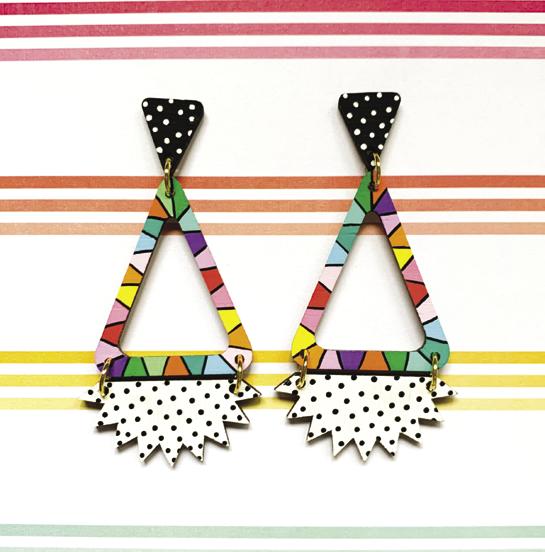

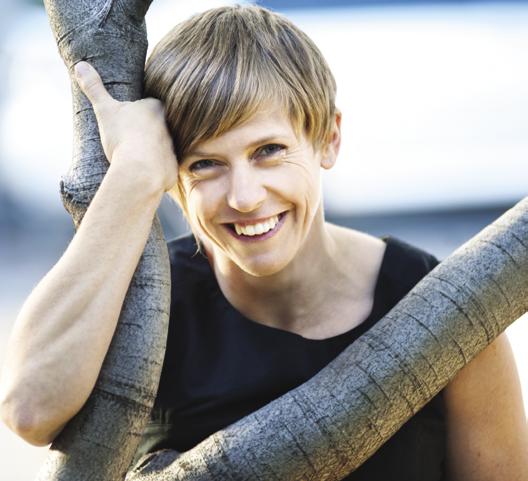
Ailsa Wild - writer
Why did you write your book, The Care Factor?
I was so anxious and afraid in March last year, We were starting to hear about hospitals being overwhelmed in Italy and then the first cases were arriving here in Australia. I couldn’t write the children’s fiction I was supposed to be working on. I couldn’t read books the way I usually do. I was addicted to my newsfeeds. My friend, Simone, who’s a nurse, told me she was putting her hand up to be retrained to work in ICU and I was afraid for her too, imagining the worst outcomes here in Australia. But I also really wanted to know everything that was happening for her. We’re good friends and she likes to talk, so I offered to listen to her, to be her debrief person, and asked if I could record our conversations. That was the start of The Care Factor.
What is The Care Factor about?
The Care Factor is about my friend Simone who is a nurse, and worked in Melbourne during the COVID-19 pandemic. It’s a snapshot memoir/biography of her life March – September last year, told from the point of view of our friendship. I narrate the story and parts of my life are there. It’s a personal story about our relationship, but it’s very much focussed on what was happening for her. In those months she worked a huge number of different roles across three different hospitals. She worked in ICU; in family violence education; as a sexual health nurse; monitoring hospital staff who were Covid-positive or close Covid contacts and she was a cancer nurse. What she did was huge, and at least once a week, often more, she called me to tell me all about it.
Did you anticipate writing a book during the COVID-19 lockdown?
Yes but not this book!! I’m a writer - that’s my main job, but I usually write children’s fiction and a good part of being a children’s author is running workshops and visiting schools. Early in the lockdowns I didn’t know I how I could work at all. I was so frazzled and afraid and we kept our four-year-old at home early on because that was possible for us and it felt responsible. So, I was constantly distracted and interrupted. I didn’t write the other books I was supposed to be working on, but somehow writing The Care Factor was something I could focus on. Probably because it was so close to what I was afraid of. The urgent deadline also helped.
How hard was it to finish the book in such a short time frame to ensure timeliness?
The deadlines were tight! I wrote eight chapters in seven weeks and then edited the manuscript for submission over the next four weeks. I was running on adrenaline, I think, but there were things that made it possible. A lot of the manuscript came from transcripts of my conversations with Sim, and she is such a great storyteller. So I really writing much of it from scratch – more collating and intensively editing. Sim and I know each other really well, so I came to the transcripts with a really clear sense of who she is as a person and what she meant when she said certain things. We share particular use of language and framework for how we see the world and I think that made it easier. I imagine writing about someone I knew less well might have been really difficult.
What do you hope readers take from your book?
I hope readers find the story compelling and illuminating and hopeful, that it’s something people want to read and at the same time they learn from, and are possibly challenged by, the content. I hope the book’s underlying message is that there are many types of ‘care’, far beyond the physical care we might imagine from a bedside nurse - and that caring is expert work full of nuance and specific skills. Carers and those who are cared for (at some point this is all of us) are deserving of great respect and value. I hope readers walk away with a bigger picture of this than when they began reading.
What was the hardest thing about being a creative during the COVID-19 lockdown?
For me, the hardest thing was being both a parent and a creative in lockdown – which meant I had so
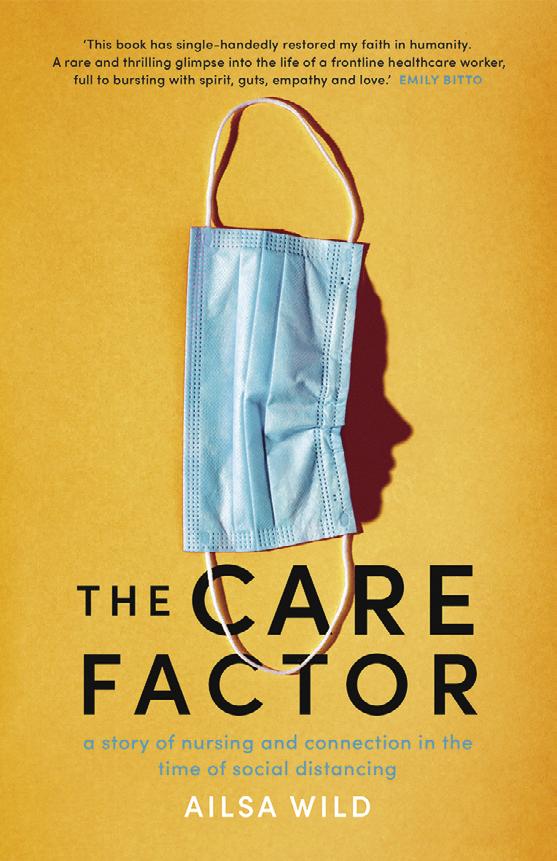
What was the best thing to happen?
It has to have been writing The Care Factor. It was incredible to see the book come into shape so quickly. I also loved having such a close collaborative relationship with Simone and her girlfriend Emily, as we went through the lockdowns and then the book editing process together (while socially distanced!)
What will you be taking from the COVID-19 lockdowns into the post COVID-19 world?
The sharp, painful pleasure when I notice what we have been given back. I’m still so grateful for the tiny things we didn’t have while we were in lockdown. Playgrounds. Dinner at my friends’ houses. Watching groups of highschool kids pile off the tram together. Being able to go to the beach. Hugging my parents. Post lockdown, I’m carrying my gratitude for these things with me.
What support/information would you like to see for creatives who are impacted by unexpected crises like COVID-19?
I’d like to see artists properly paid for their labour – and not just in times of crisis. We live in a society that deeply undervalues the work of artists, so, we are often paid very little. At the same time, some of us are put on a pedestal given lot of cultural currency. In times of crisis, inequality and oppression are so often dialed up, so whatever was hard before, is suddenly ten times harder now. We really saw that in terms of sexism, racism, ableism, ageism and classism in this country during lockdown. I know I’m answering a bigger question than the one you asked, but I’d like to live in a much fairer society, so that when crises hit, we take the weight more evenly. So that creatives who are oppressed in other ways are still able to make the work we all benefit from.
little time. The amount of time I wanted to give my child and the amount of time I wanted to give my creative work added up to at least twenty hours a day and I’m not someone who can write on very little sleep. In lots of ways I was really lucky, I still had some income. I was safe in my home with people I loved. I often told myself how lucky I was. But I was also exhausted and overworked, and watching the people who suddenly had more time made me soooo www.ailsawild.com
About the Writer
Carly Findlay OAM is an award-winning writer, speaker and appearance activist. She also works part time as Access and Inclusion Coordinator at Melbourne Fringe. Her first book, a memoir called Say Hello, was released in Australia in January 2019. She is also the editor of Growing Up Disabled in Australia, released by Black Inc Books in 2021. carlyfindlay.com.au
Sandra Reynolds Her Love of food

If any one mantra rules my eating life, it is surely this: Eat what is in season. The reasons are simple. If it’s in season, it’s bountiful. When there’s plenty of it, it’s cheaper. When it’s in season, it is practically guaranteed to be locally-grown and easier on the planet’s resources. And, by eating only when food is in season, we are most likely to have a greater variety of food than by sticking to the same old favourites week after week.
Which brings me to another food-related mantra - I love Autumn more than any other time of year. With late summer harvests, the frenzy of bottling and preserving, the amazing range of fruit and vegetables available in this short window, now is the perfect time to celebrate Mother Earth.
I love pears at this time of year and perhaps more than any other fruit in their extended family, they offer much more in the way of subtlety and nuanced notes in whatever dish they are in. When we think of dessert we know pears go with honey, with butter, with red wine, with dark chocolate. But thyme? Oh yes indeed. Th earthiness of thyme adds a perfect end-note to a rich caramel syrup. With added Vincotto in place of vanilla and a few almond biscotti on the side rather than a sweet cream or ice cream, the thyme shines through without overwhelming the dish or reminding you of a pork roast.
With most varieties of pears at their seasonal best throughout the country right now, do try this dessert when you get the chance for a grown up version of an old favourite. I used Buerre Bosc for this recipe but Bartlett or smaller Corella pears work just as well. I left the skins on so look for unblemished specimens where possible. It’s the perfect taste of Autumn.



